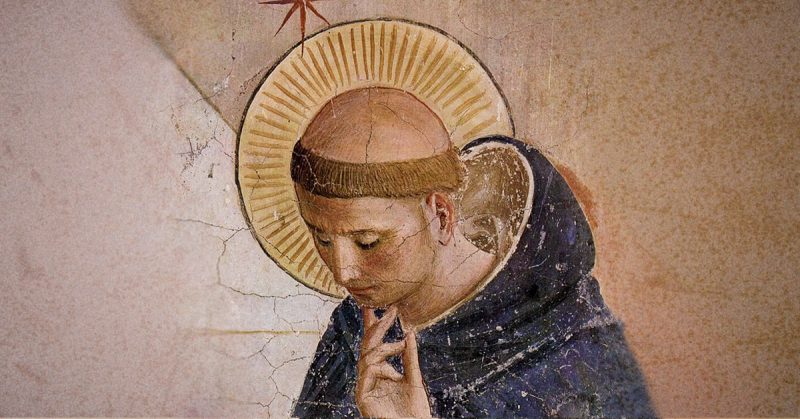Chances are if someone doesn’t know the word “tonsure”, they’ll know it by sight. It’s a rather extreme-looking haircut used around the world by various cultures and is accompanied by a deeply spiritual significance.
The website grunge.com wrote that a tonsure is “a reference to any religious or ceremonial clipping of hair. It’s usually done to mark a stage in some kind of religious journey, and it’s practiced in religions including Christianity, Eastern Orthodoxy, Buddhism, Hinduism, and it was even done in ancient Greece and Rome”.
One of the most recognized examples of tonsure are Christian monks sporting a distinctive ring of hair, which encircles a bald pate. Yet despite familiar imagery, the origins of this follicular classic remain pretty much unknown.
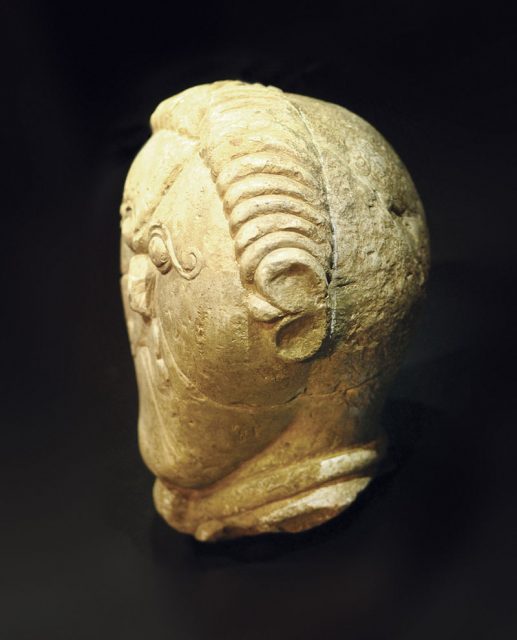
“Historians do think it started around the same time men started organizing into devout communities of monks,” the site says, “which places the time frame around the second or third century AD.”
This only covers the worshipful end of the equation. The appearance of tonsures around the world suggests a definitive starting point would take some finding.
Though making ‘head’way on the subject’s beginnings can be complex, there are compelling theories as to how the tonsure came about. A possible connection to slavery was established by linking the appearance to a shaved head. By removing the hair of a servant, their masters dehumanized them. It’s observed that “Early monks styled themselves as ‘slaves of Christ’.”
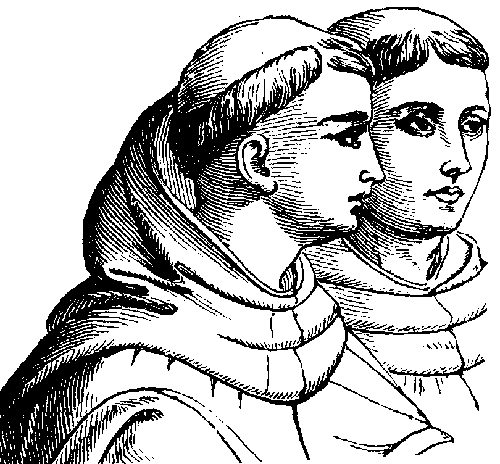
A visual reference to Jesus’s crown of thorns is another explanation. However not all tonsures follow the same strict pattern. The ring of hair applies to the Roman and St. Peter’s tonsure, whereas the St. Paul variety (also referred to in some sources as the “Eastern”) sees the head shaved clean.
Then there is the Celtic or Simon Magus “style”, where “monks would shave the fronts of their heads from ear-to-ear while leaving the rest long.” Having said this, the exact nature of the Celtic tonsure is unclear. This is due to it being banned, but why did this happen…?
https://youtu.be/MssjjdVAj6k
Controversy over certain hairstyles persists today, but in religious terms the wrong cut can be exceptionally offensive. The reason the St. Peter’s look is the most recognized is as a result of arguments within the church. These saw a singular appearance chosen for avoidance of doubt over what was the best way to worship the divine.
Things came to a head, so to speak, in 664 within the confines of a former Anglo-Saxon monastery in Whitby, northeast England. The question being debated concerned Easter, specifically when it took place on the religious calendar.
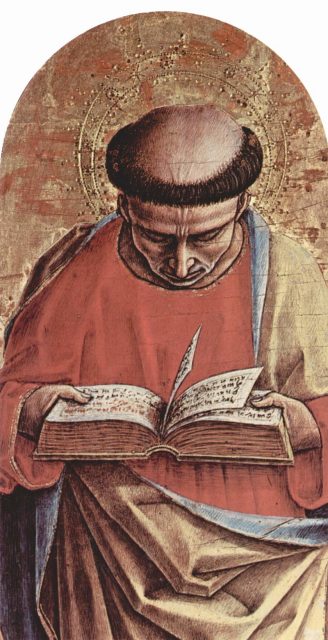
The English Heritage website writes that the community “had been Christianised from the 620s onwards by two different groups of missionaries: those from Rome, who were first on the scene, and those of the Irish or Celtic tradition, from the island of Iona.”
Because of the way Christian culture had evolved in that part of the world, there were two opposing viewpoints. They had “different Christian practices, including the way priests cut their hair, and, most important of all, the way they calculated the date of Easter.”
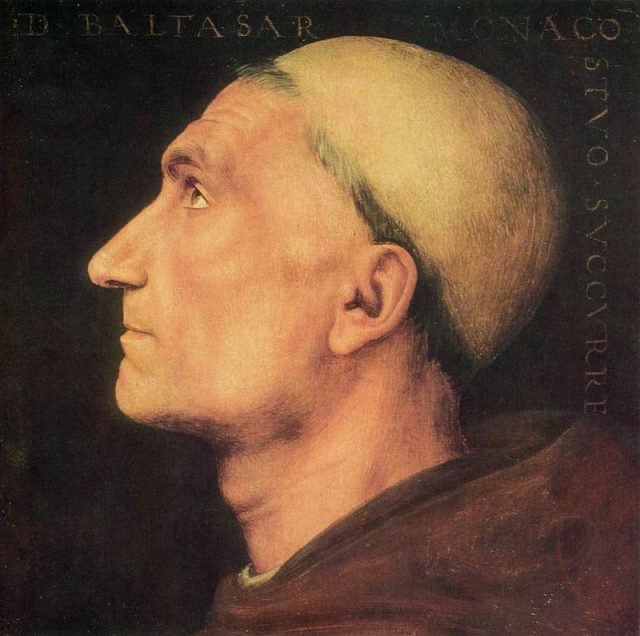
Eventually King Oswiu (who ruled between 642 – 670 AD) called a meeting to sort the matter out once and for all. The result led to the Italian tradition winning out and the St. Peter’s tonsure being adopted. The Celtic tonsure was trimmed away in 664.
Grunge.com goes on to note that “Celts had been sporting the tonsure well before they met anyone who ever called themselves Roman. There was no (discernible) religious belief or basis for the head-shaving.” Even though there is great import attached to the tonsure, it could have its roots outside of religious devotion altogether.
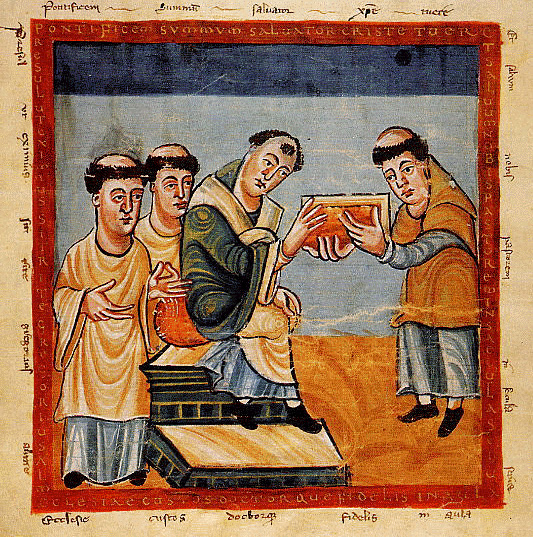
In 1972 the rules were relaxed and monks did not have to face the blade in order to show commitment to their faith. This also could have health benefits. The National Center for Biotechnology Information (NCBI) site says it is “therapeutic in curing many diseases such as pediculosis, plica polonica, and peidra,” while adding it “can also be associated with secondary bacterial infections if clean blades are not used.”
The practice has even been associated with rebellion. History Extra notes the efforts of John Longland, the 16th century Bishop of Lincoln and ecclesiastical equalizer, who “upbraided clergymen for banal indiscretions, such as inappropriate tonsures (the part of the head left bare) and snoozing mid-service.”
Tonsures may never have a satisfactory definition but their contribution to the ages is assured, be the motivations behind getting one sacred or profane.
